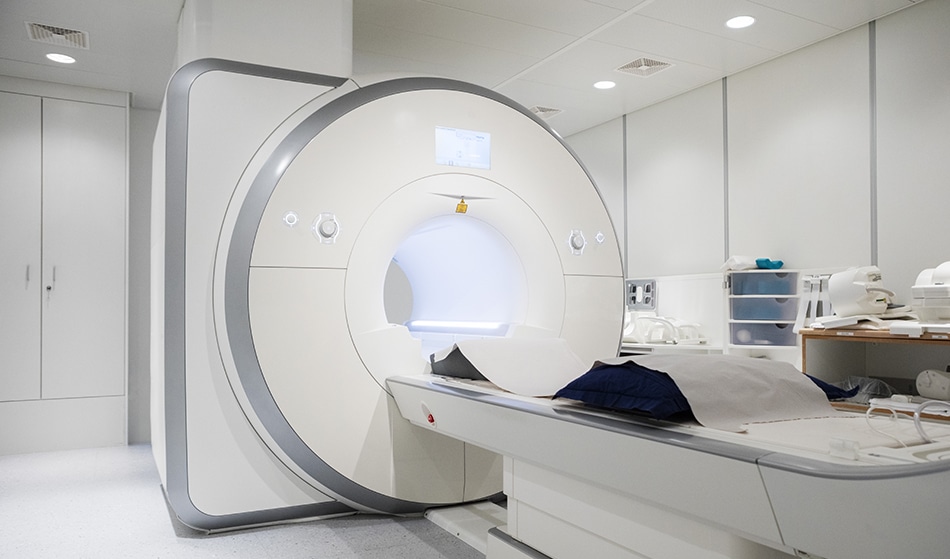 Photo credit: Tyler Olson / Shutterstock
Photo credit: Tyler Olson / Shutterstock
Researchers from the NUST MISIS Engineering Center for Industrial Technologies in Moscow have created a new process for the generation of magnetic materials and permanent magnets at a cost that is much lower than the cost of similar magnetic materials, according to a news release from the university.
This materials-science solution will permit engineers to create economical and effective magnetic resonance imaging (MRI) equipment for extensive use within public health clinics. Based on the developers` estimates, the cost of a high-resolution MRI test with the new technology will be around 50 percent of the current cost.
MRI is among the most reliable diagnostic procedures in modern medicine. For instance, the diagnosis of cancer and musculoskeletal diseases are often done with the use of MRI machines. The typical cost of one evaluation costs between 50 and 180 Euros, based on the body part being analysed and the clinic where the test is performed.
An MRI machine can have ultraweak, weak, medium, strong and superstrong magnetic fields, with the highest quality images taken by superconducting magnetic systems that produce very strong magnetic fields. While MRI machines using superconducting magnets supply the highest image resolution, these machines are difficult to make and expensive to operate.
Due to costs, premium MRI imaging is normally inaccessible to most patients, as most small clinics and private practices prefer cheap, lower-res MRI machines. Large hospitals, particularly those performing functional tomography research, are interested in MRI machines with stronger magnetic fields. However, these large healthcare providers still use scanners with weak and moderate fields for mass screening purposes.
In a collaboration with the Russian Research and Production Association “Magneton,” NUST MISIS researchers have created a prototype of a financially- and environmentally-friendly MRI machine by using cost-effective, locally-sourced magnetic materials.
We have developed an innovative technology for the production of low cost hard-magnetic materials and permanent magnets manufactured from alloys of rare, domestic earth metals and their compounds, including the ones obtained in the processing of industrial waste magnetic production. During the production of raw materials for permanent magnets we have managed to reduce their cost by 1.5 times through the use of industrial waste magnetic production and cheap alloys of rare earth metals.
Evgeny Gorelikov, Project Leader
Gorelikov said the new magnetic materials allow his team to develop magnetic conductors for MRI purposes that maintain high values of magnetization saturation. This technique allowed the researchers to lower the weight of magnets used in the design of an MRI magnetic system by nearly 30 percent, effectively lowering the cost of these devices. Current analogues of these magnets can cost nearly twice as much to implement.
In addition to being locally-sourced, made from waste materials and less expensive than conventional magnetic materials, the new magnets eliminate the need for cooling fluids than must be used in conventional MRI machines. Furthermore, the power usage of a system using these magnets will be less than 1 kW, according to the research team. This relatively low power requirement means it might be possible to power an MRI machine using renewable energy sources such as wind and solar.
Noting that many of the rare earth metals used to make MRI magnets come from China, the researchers said their prototype could have particularly significant financial implications for domestic research and healthcare. If the research were to be implemented and scaled-up, it could provide a massive opportunity for the medical device industry in Russia, and in other countries, to reduce dependence on Chinese imports.
Disclaimer: The views expressed here are those of the author expressed in their private capacity and do not necessarily represent the views of AZoM.com Limited T/A AZoNetwork the owner and operator of this website. This disclaimer forms part of the Terms and conditions of use of this website.